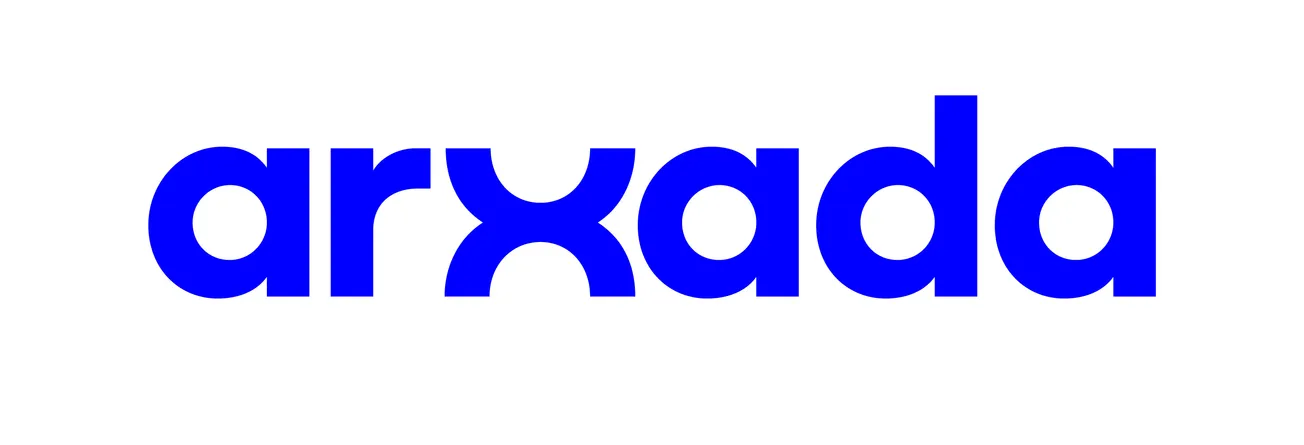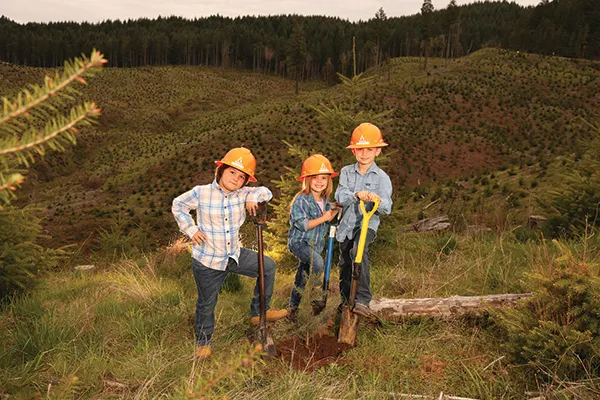Table of Contents
Most in the wood products industry are familiar with the concept of Forest Stewardship Council Chain of Custody (CoC) certification, but has your company taken advantage of the potential market FSC certification can bring? The FSC standards are reviewed and rewritten every five years to keep up with a changing marketplace. At baseline, the CoC standard is simply good business sense. Do you know where your material is coming from? Can you avoid losing/confusing it while it’s in your possession? Can you provide proof of that ability to your customers and during an annual audit? Most successful companies are already doing that. Time to shout it from your rooftops.
Why Get FSC Certified?
Why look at FSC certification? The first and foremost reason is simple access to markets. The green building market is expanding. Environmentally conscious consumers are shopping their values a little more every day. Like it or not, FSC is the worldwide leader in forest certification.
And there are a number of reasons to like that. FSC is an exceptionally democratic organization. Environmental, social and economic chambers all have an equal seat at the table. The three chambers rely on each other to be successful. As far as organizational systems go, you can’t get much more American than that. Which means, as far as corporate responsibility, FSC is a great box to check.
Lastly, chain-of-custody certification has some great side benefits. Research published in the Decision Sciences journal last year shows some interesting possible corollaries to being certified. The hypothesis is that becoming certified encourages a company to identify areas of weakness and create efficiencies in their systems. A strong, efficient company is more profitable overall.
What to Expect During the Process
Who has heard that FSC is complex? That you need to set aside half your yard to hold that one FSC job in house?
None of that is true anymore. Physical segregation is optional. The standards are written to cover every possible wood product company, worldwide, so it’s tough to be specific with that broad of an audience. However, when you finally start to internalize what the standards are asking, you realize that they are not complex at all. Of course, that can take three or more reads through a document already known as a “page-turner.” Depending on your time benefit analysis, this is where a consultant can come in handy. Breaking down 30 pages of standard into a set of bullet points is a real time saver.
Another great thing about FSC certification is that the standards don’t tell you what to do (proscriptive), but simply ask you to explain what you are already doing (descriptive). With that in mind, let’s break down what they are asking you to do.
Documentation
This whole process is based on paperwork (what isn’t these days?). Broadly speaking, here’s what to address:
• Who is in charge of keeping and checking the required paperwork?
• FSC requires a single point of contact per certificate; beyond that, we recommend that receivers are in charge of receiving FSC materials. Invoicing goes through whomever normally does invoicing, etc.
• Who is writing your systems out so they are auditable?
• This is another great area to involve a consultant. Consulting firms worth their salt, like American Green, can provide “fill-in-the-blank” templates, or conduct verbal interviews and create your whole system for you.
Segregation
You can’t mix certified and uncertified material. As mentioned, physical segregation is no longer required; simply create a “segregation system” to differentiate certified products. The simplest option is usually job numbers written on the side of custom orders.
Questions to Answer
• Where are you most likely to mix materials, and how do you avoid that currently?
• How do you make sure the correct material gets to the correct customer?
Training
The best systems in the world don’t work if people don’t implement them properly.
• Have you identified the key people responsible for overseeing the success of this program?
• For a small company (fewer than 15 people), there may only be one to four responsible people. For a large company (500+) there may a dozen or so.
• Have they been trained well enough that they can explain the system to an auditor each year?
• Have they been trained well enough that they are actually implementing the system?
• Has that training been recorded?
• We like to recommend a sign in/sign off sheet. Simple is good.
How to Get FSC Certified
There are three different options for obtaining FSC CoC certification. Group (small companies), Single (anyone), and Multi-site (large companies). They all follow the same basic process:
(1) Create your documentation and processes
(2) Pass an “assessment audit” of your documentation and processes
(3) Get an FSC certificate
(4) Have an annual audit to verify compliance
But there are some differences, both in time and money, in those options.
Group Certification
The FSC wants small businesses to participate in their system. But there can be both time and money hurdles to participation. Enter the group certification system. Companies that conduct less than five million dollars in gross annual wood product sales (in the U.S., different rules apply internationally) can group together to share the costs of certification. Professional group managers can really meld the assistance of a consultant into their auditing requirements. At half the cost and twice the help of a single certificate, there is simply no better way to attain FSC certification if you qualify.
Single Certificates
This is what people think of when they think of FSC certification. Contact an FSC Certification Body (CB) for a quote. Services and costs vary greatly between certifiers and “you get what you pay for” is in full effect. Some certifiers make their quotes difficult to parse, so make sure that travel and FSC fees are clearly explained and quoted from the start.
Two certifiers we recommend as being a good value proposition (though rarely the cheapest) are Rainforest Alliance and SCS Global. Both are FSC certifiers, rather than auditing firms that happen to certify for FSC, and they have a strong organizational commitment to getting it right. There is variability in auditors right now (something FSC is actively trying to address), so if anything during an audit doesn’t seem to pass the smell test, never shy away from questioning it beyond the auditor onsite; usually by making a call directly to your certifier contact.
Multi-Site Certificates
Larger companies (with multiple locations) have the option of creating an internal auditing system and having that system certified (and sampled yearly for accuracy) rather than hiring a CB to visit all their locations every year. This can create some strong cost savings for a company, but can increase the inherent risk of maintaining certification if not properly implemented. Companies interested in multisite certification can contact a CB directly, or contact a consulting firm that specializes in multisite certification management.
If you haven’t looked at FSC CoC Certification recently, it’s time you did. You may be missing potential benefits, and the process can be straightforward, especially with the help of a good consultant.









